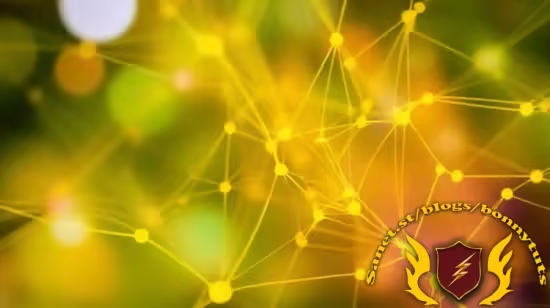
Published 7/2025
Created by Pralhad Teggi
MP4 | Video: h264, 1280×720 | Audio: AAC, 44.1 KHz, 2 Ch
Level: All | Genre: eLearning | Language: English | Duration: 37 Lectures ( 2h 21m ) | Size: 827 MB
Master the Foundations of Neural Networks and Modern Deep Learning
What you’ll learn
Learners will grasp foundational concepts of ANN, including perceptron, multi-layer architectures, activation functions, and training mechanisms.
Learners will be able to implement and compare various gradient descent optimization methods to train neural networks effectively.
Learners will understand bias-variance trade-offs and apply methods like L1/L2 regularization, dropout, and batch normalization to improve model generalization
By the end of the course, learners will be able to build, train, and evaluate NN on real datasets, including MNIST and a water quality classification problem.
Requirements
Basic Python Programming – Learners should be familiar with basic Python syntax, variables, loops, and functions.
Fundamentals of Mathematics – A working knowledge of high school-level linear algebra (vectors, matrices), probability, and calculus (basic derivatives) is recommended.
Basic Machine Learning Concepts – Some understanding of core ML ideas like classification, training/testing data, and supervised learning will be helpful (but not mandatory).
Motivation to Learn and Experiment – A strong willingness to understand how deep learning works from the ground up and apply it to real-world problems using hands-on coding.
Description
Are you ready to dive deep into the powerful world of Neural Networks and Deep Learning? Whether you’re a student, data science enthusiast, or an early-career AI professional, this course will help you build a solid foundation in modern neural architectures — from perceptrons to multi-layered networks — and master the mechanics behind how they learn.What You’ll Learn:Understand what neural networks are and how they’re inspired by the human brain.Build simple ANNs from scratch for basic logic operations (OR, AND, NAND).Dive into Perceptrons and Multi-Layer Perceptrons (MLP), learning how they process data through forward propagation.Master key concepts like loss functions, cost functions, and gradient descent, including the difference between partial derivatives and gradients.Implement and compare optimization techniques like batch, stochastic, mini-batch, momentum, and RMSProp gradient descent.Learn how to prevent overfitting using techniques such as L1/L2 regularization, dropout, and batch normalization.Apply these concepts in practical use cases, including water quality contamination detection and MNIST digit recognition.Key Highlights:Visual and intuitive explanations for gradient descent and error surfacesPractical walkthroughs for regularization methods using real-world scenariosHands-on use cases demonstrating the power of neural networks in real-world problemsEmphasis on interpreting and improving model performance
Password/解压密码www.tbtos.com